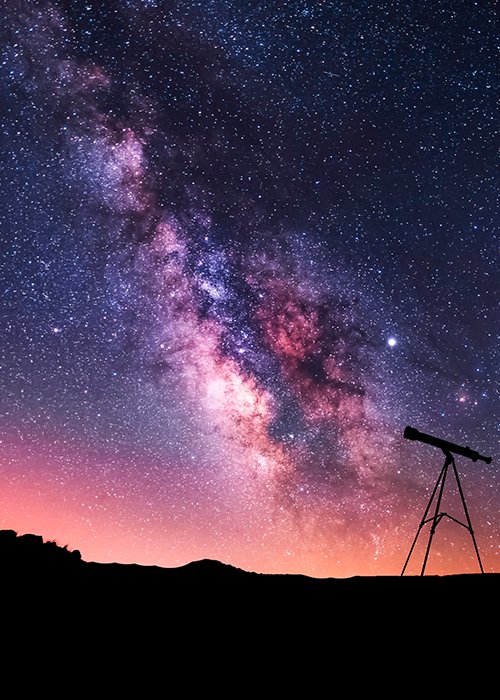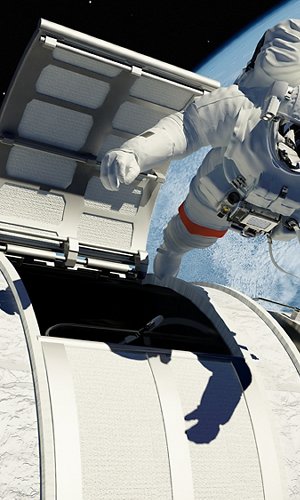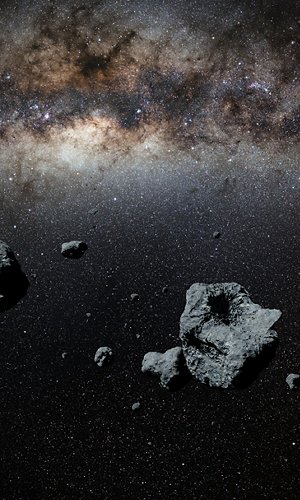We are in the height of summer, and for many it is time for holidays and leisure to be spent outdoors, perhaps gazing at the starry sky. The most fascinating stars at this time of year are the summer constellations, first and foremost Sagittarius, a very large and positively striking constellation, especially in skies where there is little light pollution, allowing it to be spotted in its entirety. It hosts the centre of our Galaxy, about 30,000 light-years from the Solar System, and for this reason this constellation is an excellent reference point for looking for deep sky objects, some observable even with good binoculars. Using a star map to locate them more easily, you can observe M24, also called the Small Sagittarius Star Cloud, a vast collection of stars visible with binoculars, and the open M25 and M23 clusters. In the northern sky, the most interesting are always Ursa Major, with the Big Dipper asterism, and Ursa Minor, in which the North Star is located. Not far away Cassiopeia can be recognized with its “W” shape.
The first quarter Moon will appear on 5 August, followed by the Sturgeon Full Moon a week later on 12 August. This circumstance, unfortunately, will probably affect the observation of Perseid meteor shower. This quintessential meteoric shower will reach its peak activity precisely during between 11 and 13 August. You will therefore need to look very hard to observe “shooting stars.”
The August sky will also provide some evening and morning planetary conjunctions. The expression planetary conjunction means when two or more planets or celestial objects appear close to each other in the sky. Such proximity of planets is an optical illusion: in reality, they are far away from each other.
- Moon-Saturn (night of 11-12 August): the Lord of the Rings and the Full Moon will shine together among the stars of Capricorn. They will be visible throughout the night, starting shortly after sunset.
- Moon-Jupiter (night of 14-15 August): the already waning Moon will rise together with the gas giant in the constellation of Pisces, not far from the Whale.
- Mars-Pleiades (night of 17-18 August): after 1 a.m. the Red Planet will rise in the north east not far from the Pleiades star cluster in the constellation Taurus. The Moon almost at the Last Quarter will shine not far away, among the stars of Aries.
- Moon-Venus (25 August): after 5:20 a.m. a very thin crescent of the waning Moon will rise in the East-North East, followed shortly thereafter by Venus, amongst the stars of Cancer.




